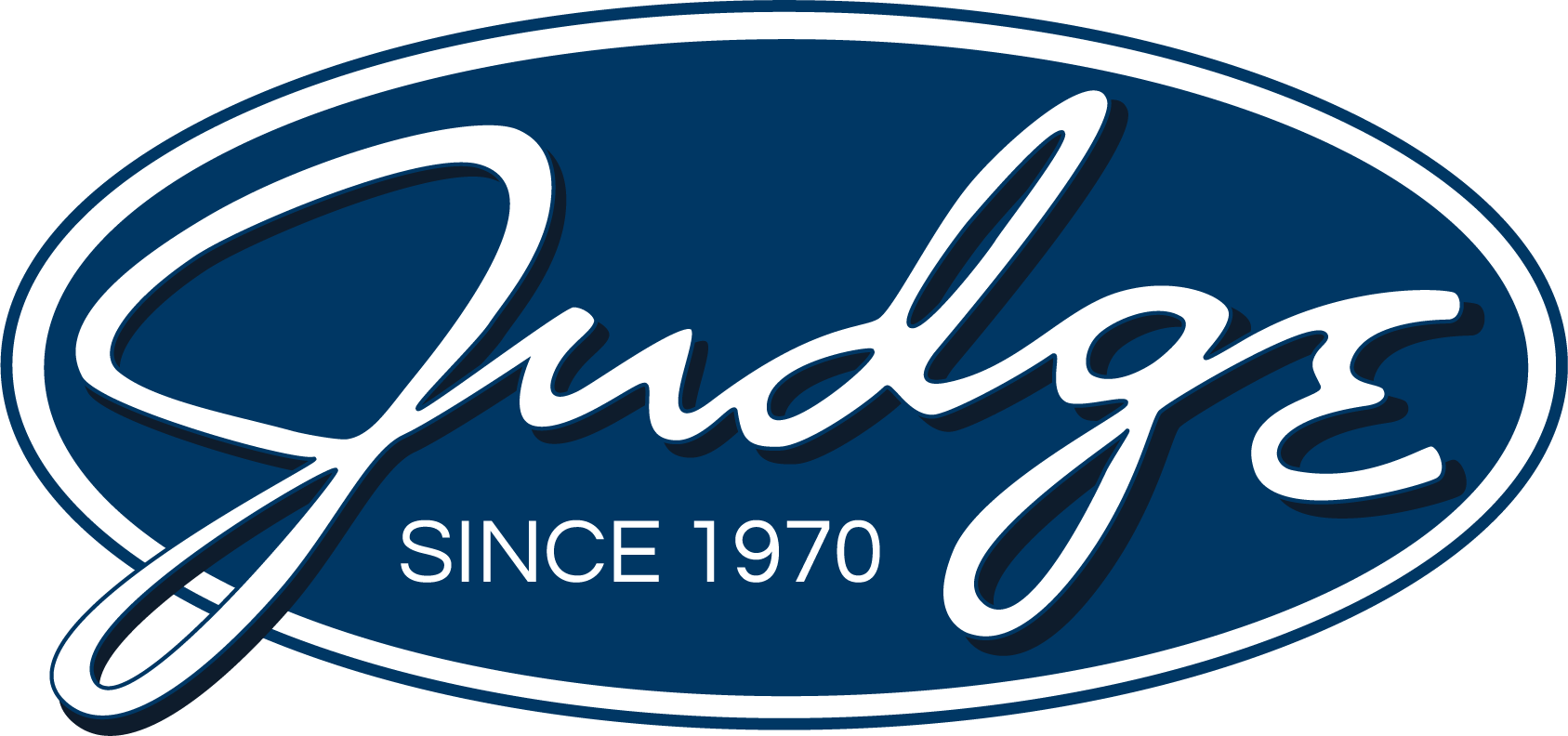Questions to Ask When Designing Employee Onboarding
As companies look for more innovative ways to retain talent, many companies are realizing the importance of more robust and efficient employee onboarding programs. Whether it is demographics – e.g., millennials, remote workers – or a need to rapidly expand a key department, onboarding programs are a powerful tool.
When done right, onboarding programs provide:
- Structured, repeatable processes to upskill employees
- Methods to evaluate employee progress to determine if and when they are field ready
- A way for companies to demonstrate their investment in employees to help attract and retain top talent
Onboarding programs range widely in length and scope, and their designs can go from simple, such as a one-week workshop at corporate HQ, to very complex, e.g., individually driven, remote learning with blended learning methods. To determine the size and design of your program, there are some key questions you should consider. Here are some of the first we ask our clients.
- Who is the specific audience for this onboarding?
This seems simple but you need to think through all the subsets of any position. If the onboarding is for software engineers, are they new or experienced? New to the company? New to the industry? Parsing out the subsets of the audience will help determine how to design the onboarding to build a foundation for all, while shortening the path for more experienced employees. - How is the onboarding content selected?
Some companies have robust competency profiles to clearly list all skills required. Others have only a high-level job description. Knowing the scope of content and the level of detail provided will help you understand how much work is required to create the program structure and develop the content. - Should the design be cohort- or individual-based?
This question can be tricky. Senior leadership often leans towards cohorts as that is what they know best. But high-quality talent doesn’t want to wait two months for the next cohort to start. And it’s expensive to fly in a class of learners for weeks of training. Some fields (e.g., sales, customer service) need cohorts, while others require less personal interaction (e.g., engineering, accounting) and could be individual based. - Who will lead the onboarding training?
This is a sustainability and quality issue. Hiring trainers and coaches to run onboarding programs makes sense for large companies, but for others, it quickly gets too expensive. The most common solution is that managers and local L&D teams run the training, but this requires a structured train-the-trainer program to ensure consistent learning and results. - How will performance be measured throughout onboarding?
Performance measurement is a critical but often-overlooked component of onboarding. If you don’t measure their skills and progress, you won’t know when they are ready for the field. Also, all new hires don’t always work out; it’s better to flag that early before they start interacting with product or customers.
These are just a few of the questions to consider. Designing an onboarding program may be a big endeavor, but it is critical to build the knowledge and skills foundation that new hires will use daily. Bottom line – if you want your employees to be successful, you must set them up for success.




